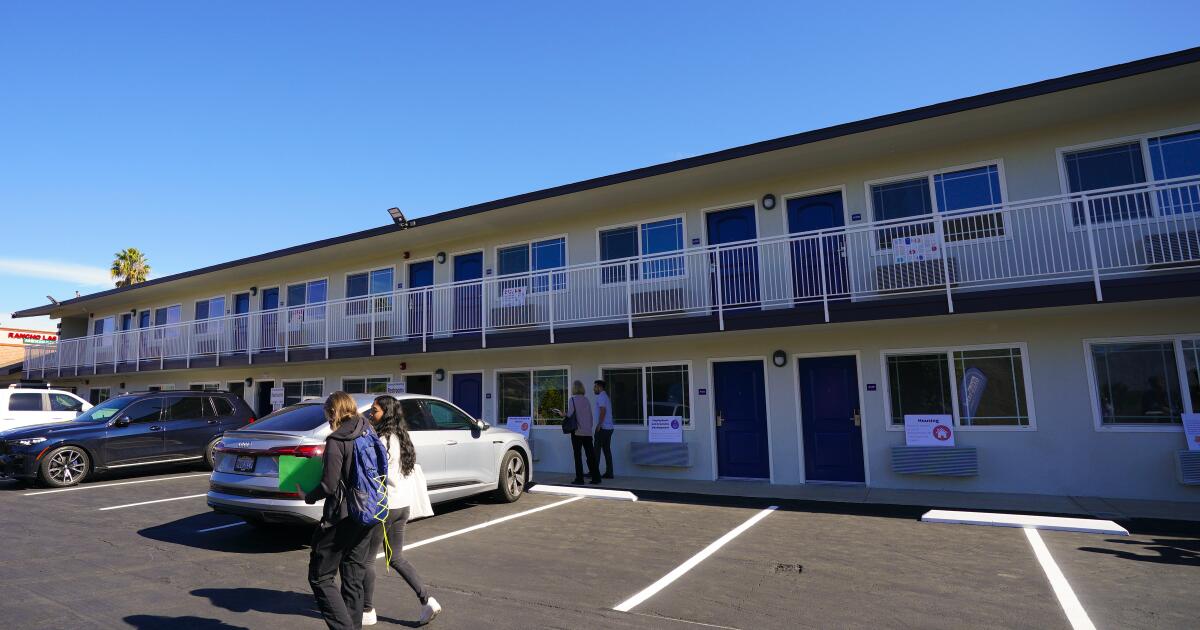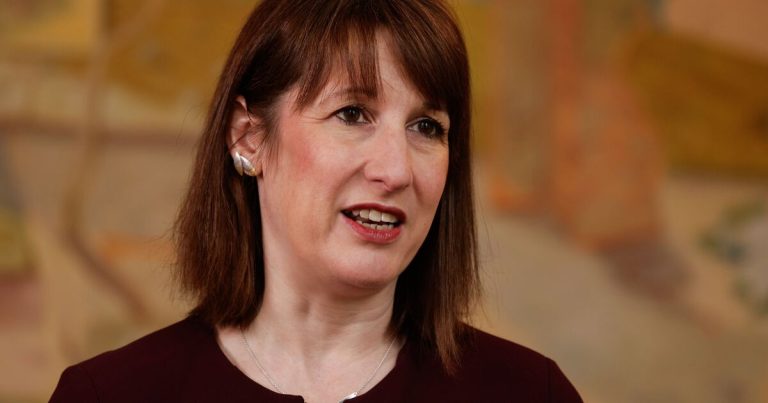

Another recuperative care center for unhoused residents and a new training initiative for local behavioral health workers are initiatives under consideration for quick action by the San Diego County Board of Supervisors next week.
These are among seven proposals that would share $80 million in “evergreen” federal funding that remains of the American Rescue Plan Act.
The idea was to use this cash to seed investments that would create “self-sustaining revenue sources, or that draw down and leverage external matching funds.”
A special budget subcommittee that included Supervisor Terra Lawson-Remer was tasked with pulling together proposals for this last bit of federal cash, a relatively small portion of the $653 million received from the government’s $2 trillion pandemic-era spending program.
To be taken up at the board’s next regular meeting on Jan. 9, Lawson-Remer’s request comes shortly after she was one of two no votes on delaying the implementation of Senate Bill 43, a new California law that many hospital administrators protested loudly would inundate emergency departments by increasing the number of homeless residents picked up on “5150” holds under suspicion of being a danger to themselves or others or gravely disabled.
On Dec. 5, supervisors delayed SB 43 implementation for one year though Lawson-Remer asked her colleagues to instead put the new law into motion”as soon as possible” rather than waiting until the first day 0f 2025.
In her proposal, the supervisor asks for a vote on Jan. 9 to act on three proposals with the remainder coming back to the board for a decision at a follow-up meeting in February.
Those programs include spending $8 million to build a second facility with about 100 “recuperative care homeless beds,” $24 million for a regional workforce training fund that would help educate and advance behavioral health care workers, and $13 million for one-time payments that would help county workers cover increasing health care costs for county workers.
Though there is still a lot of collaborative work to do between local government and health care providers to determine how SB 43 can be implemented without crashing emergency departments, the supervisor said in a recent interview that she believes there is no good reason to wait on some items.
“If we hem and haw and wait around for everyone to come back with a plan in a year, then it’s going to be like another year until we have the beds, and we already know we need them now,” Lawson-Remer said. “At least then, by the time we reach implementation, we’ve already gotten ahead of the game and increased bed capacity.”
She said that the center could be modeled after the 106-bed Abraham and Lilian Turk Recuperative Care Center operated by Interfaith Community Services in Escondido. An $8 million county investment, with matching donations, is estimated to bring in about $35 million in operating funds over a five-year period and would be able to take patients after hospital treatment, preventing longer-than-necessary stays in full-service hospitals.
Greg Anglea, Interfaith’s CEO, says that the operating revenue assumption appears to be true. Turk, he said, is one of Interfaith’s only services that supports itself without charitable donations, as Medi-Cal recently began allowing such centers, which are staffed with nurses, to receive reimbursement directly.
Since the facility started operating six months ago, he said, it has gradually increased the number of Medi-Cal beneficiaries it houses in a building that was formerly a motel.
“We’re operating at 75 percent to 80 percent capacity, and we know that within the next six months to a year, we’ll be at full 100 percent capacity,” he said, adding that a large percentage of those who stay at the center eventually check out for stable housing in the community.
Another similar facility in another part of the county, he said, would be welcome.
“One of the challenges that we have is that we’re in Escondido and North County and not everybody who’s been referred into our center wants to come to Escondido,” Anglea said. “Given the number of people on the streets and the number of those people who are going in and out of emergency departments, I strongly believe that we need a handful of these additional recuperative care centers throughout the county.
“It would be a wise investment.”
The second initiative would use existing training programs similar to one created by a Kaiser Permanente initiative called Futuro Health and another called “AlliedUp” to increase skillsets of existing behavioral health care workers. A recent study by San Diego Workforce Partnership found that San Diego County will need 18,500 more behavioral health workers by 2027, a number that will be very difficult to meet as it outstrips existing training programs.
Lawson-Remer said they studied the ability of existing programs to increase the skill levels of existing behavioral health workers at small and medium-sized health providers and also to simply bring more workers into the pipeline by helping to defray training costs.
“This is a clear and pressing need,” Lawson-Remer said. “No amount of building facilities is going to meet the needs of our local population for behavioral health services if we don’t have any humans that can work there.”
Other proposals on the list include two that the board already approved: $6 million to support asylum seeking migrants that would “facilitate their onward move from San Diego County to their final destination,” and $8 million to expand the number of recovery beds in substance-abuse treatment facilities. Another proposal would allocate $13 million toward one-time payments to help defray increases in health care costs for county workers and another would create a pilot program to explore helping subsidize housing costs for the same workforce.





